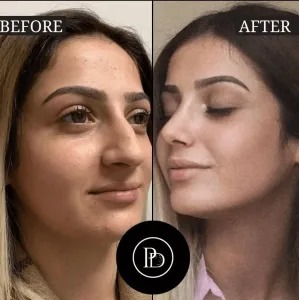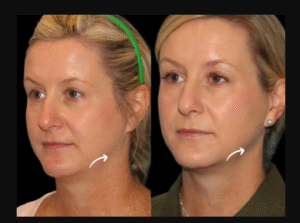In an age where cosmetic procedures are increasingly popular, dimple surgery (also known as dimpleplasty) has emerged as a trendy and minimally invasive option for those desiring a charming and natural-looking smile. But as with any surgical procedure, a common question arises: Is it safe to get dimple surgery? Let’s explore the safety, process, risks, and expectations associated with dimple surgery so you can make an informed decision.
What Is Dimple Surgery?
Dimple surgery is a cosmetic procedure designed to create dimples on the cheeks, even if you weren’t born with them. It’s usually done on an outpatient basis under local anesthesia. A small incision is made inside the cheek, and a suture is used to tie the cheek muscle to the skin, creating a natural dimple when you smile.
Is Dimple Surgery Safe?
Generally, yes—dimple surgery is considered safe when performed by a qualified, board-certified cosmetic or plastic surgeon. The procedure is minimally invasive, does not require general anesthesia, and is usually completed within 30 to 60 minutes.
However, as with any surgical procedure, safety depends on several factors:
- Surgeon’s experience
- Your medical history
- Post-procedure care
- Understanding of risks and realistic expectations
What Happens During the Procedure?
- Consultation
The surgeon assesses your facial anatomy and discusses your goals. - Preparation
Local anesthesia is applied to numb the area. The procedure is typically done under local anesthesia, which means you’ll be awake but won’t feel pain. - Incision and Suture Placement
A tiny incision is made inside the cheek. No external cuts or scars are involved. A suture is passed through the inner cheek and tied to the underside of the skin to create a dimple. - Recovery
You’ll be able to go home the same day. Swelling or minor bruising may occur but usually subsides within a few days.
Risks and Side Effects
While dimple surgery is low-risk, it’s not entirely free of complications. Here are some possible side effects:
- Swelling and bruising (common but temporary)
- Infection (rare, but possible if post-op instructions aren’t followed)
- Asymmetry (if both sides are done and heal differently)
- Unnatural-looking dimples (can happen if done by an inexperienced surgeon)
- Permanent dimples even when not smiling (in some cases)
Most side effects are mild and resolve with time. However, choosing a qualified surgeon significantly reduces these risks.
How Long Does Recovery Take?
The recovery period is short. Most people resume normal activities within 1–2 days. Minor swelling can last a few days, and full healing typically takes 2–3 weeks. Your new dimples may look deeper initially, but they will soften and look more natural as the tissue heals and adjusts.
Is the Surgery Permanent?
Dimple surgery results are semi-permanent to permanent. In some cases, the dimple may become less noticeable over time if the suture dissolves or loosens. However, in many cases, the dimple becomes permanent as scar tissue forms between the skin and muscle.
If you’re not satisfied with the result or want it reversed, some corrections may be possible, but reversal is more complicated.
Who Should Avoid Dimple Surgery?
While most healthy individuals can undergo dimpleplasty, the procedure may not be suitable for:
- People with active infections in the mouth or face
- Individuals with bleeding disorders
- Those with unrealistic expectations
- Anyone who cannot commit to following post-operative care
A thorough consultation will determine if you’re a suitable candidate.
What to Ask Your Surgeon
Before scheduling your surgery, make sure to ask:
- Are you board-certified in cosmetic or plastic surgery?
- How many dimple surgeries have you performed?
- Can I see before-and-after photos of previous patients?
- What are the potential risks in my specific case?
- What aftercare is required?
Final Thoughts: Should You Get Dimple Surgery?
Dimple surgery is a safe and effective way to enhance your smile, especially when performed by an experienced surgeon. It’s quick, requires minimal downtime, and typically leaves no visible scars. However, it’s still a surgical procedure, so it’s essential to weigh the risks, understand the outcomes, and have realistic expectations.
If you’ve always admired dimples and are in good health, dimpleplasty might be the cosmetic procedure that brings a little more charm to your smile.






